The Net Zero by 2050 report launched by the International Energy Agency in May this year is a huge step forward for the renewable energy sector.
It divides the next 30 years into two phases (2021-2030 & 2030-2050) and sets specific milestones in each with the goal of making renewables the predominant energy source for the global economy. As such, it calls for immediate government and policy action in support of technologies.
More specifically, the report makes several positive acknowledgements to solar thermal, solar water heating, and renewables, in three main areas: Total energy supply, Industry, and Buildings & District Heating.
- Total energy supply:
Firstly, heating & cooling are identified as the most advanced sectors in pledging to net-zero targets. Indeed, around 60‐70% of global production of heating and cooling equipment is from companies that have announced net‐zero emissions targets.
Furthermore, solar thermal is identified as one of the main contributors to emissions saving and reduction in the period 2021-2030, together with energy efficiency and wind energy.
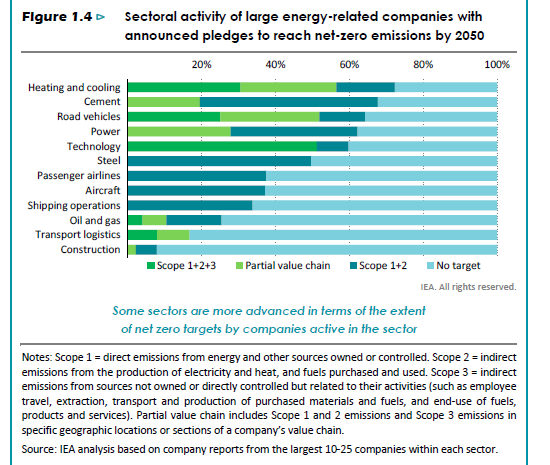
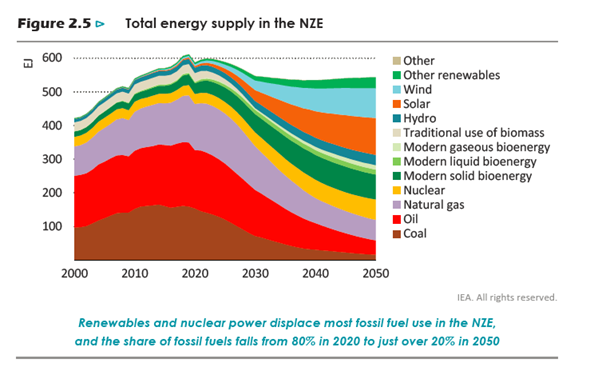
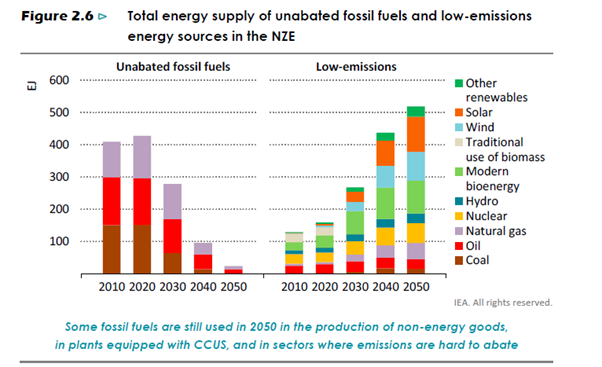
- Industry
Solar thermal will collaborate with bioenergy and geothermal to provide 15% of industry heat demand in 2030, which will increase to 40% in 2050. It will be particularly used in non-energy intensive industries and downstream processes in heavy industries.
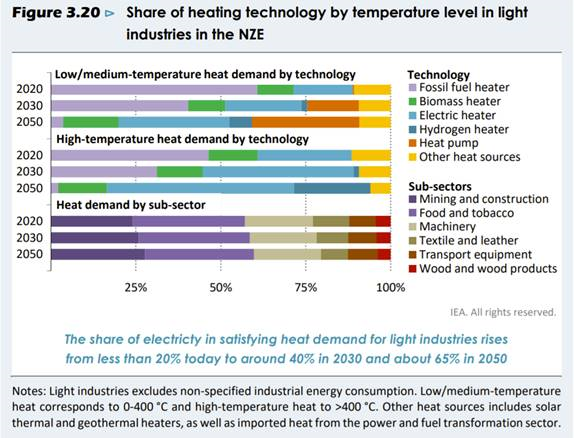
- Buildings + District Heating
The report calls for policies that eradicate coal and oil boiler sales from 2025, and the quick availability of decarbonised boilers thereafter. For this purpose, particular emphasis must be put on solar thermal, district energy, heat pumps, solar photovoltaic, etc.
According to the report, by 2050 the use of renewables for heating demand (water and space) will cover 40% globally. It is also estimated that 2/3 of this increase shall be covered by solar thermal and geothermal.
Almost all buildings with available roof space and sufficient solar insolation will be equipped with solar thermal water heaters, as they are more productive per square meter than solar PV and as heat storage in water tanks is generally more cost‐effective than storage of electricity. Solar thermal is the preferred renewable technology for water heating, especially where the heat demand is low.
Low‐emissions district heating and hydrogen provide only 7% of energy use but play a significant role in emerging economies with high heating needs, dense urban populations, existing gas or district heat networks, or wherever heat pump installation is impractical. By 2050 they will provide more than 20% of final energy demand for space heating.
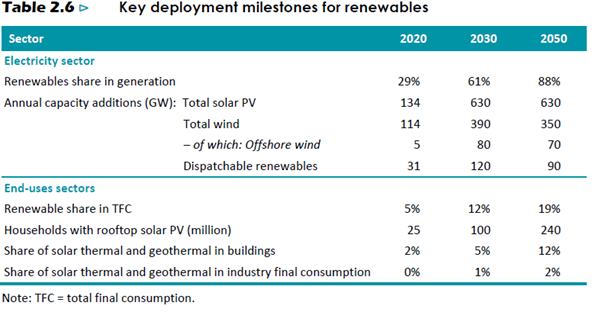
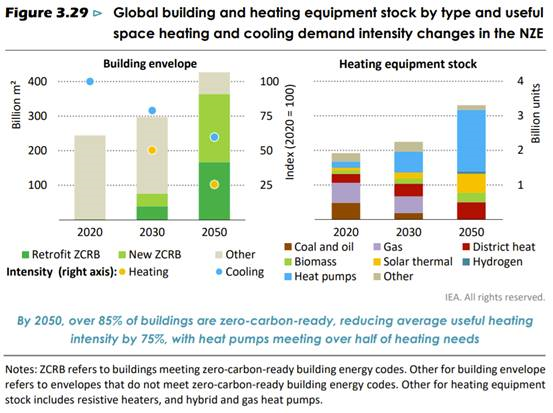
Overall, the report by the IEA poses a positive scenario and builds a future where solar thermal holds a relevant role. It highlights that all the technologies needed to achieve the necessary changes by 2030 already exist, and the policies that can drive their deployment are already proven. What the sector now needs to scale up its deployment, is secure policy signals to incentivize an increase in R&D spending from the public and private sector.
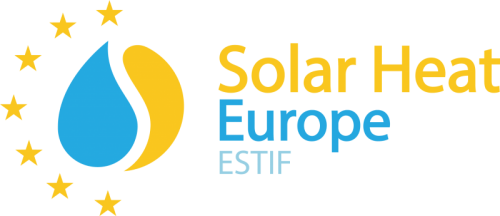
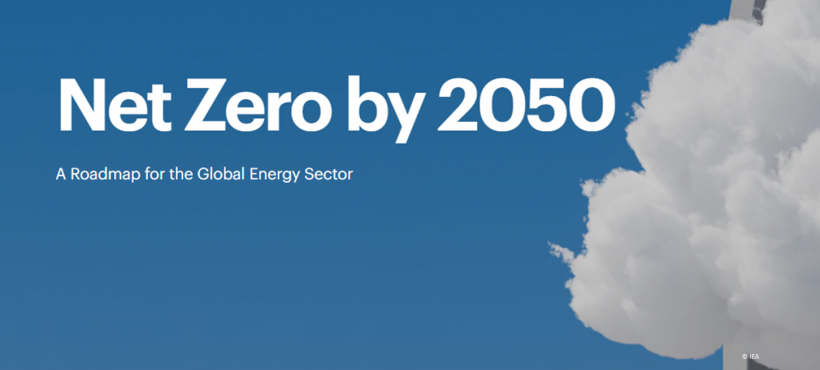
Leave a Reply